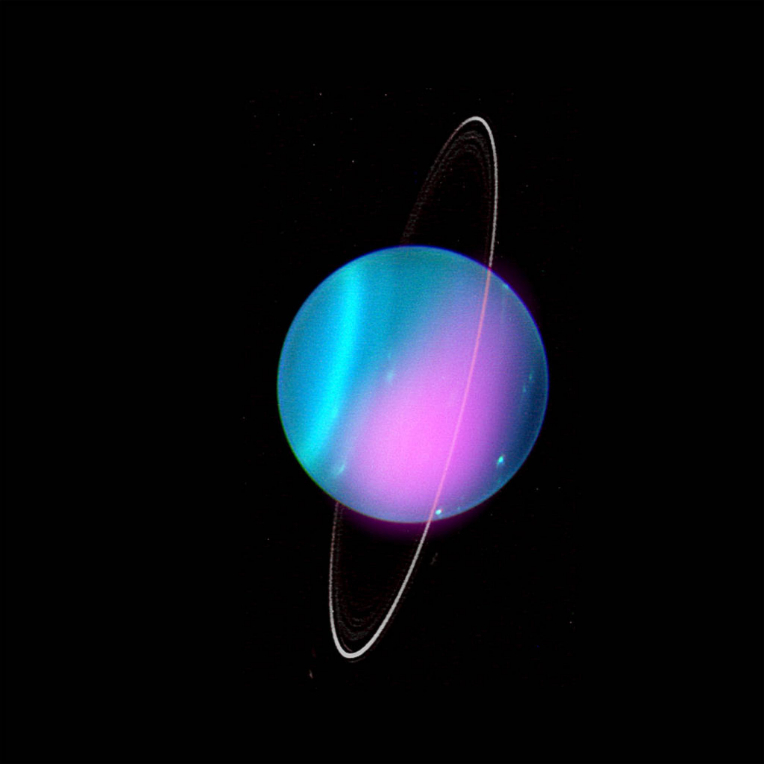SoftBank Fund Invests $50 Million in Black and Latinx-Led Tech Startups in a Year By Sarah McBride | Bloomberg.com

The Opportunity Fund, the largest of its kind, could soon get a sequel.
Researchers face major hurdles in quantum computing by danielkuhn | Illinois News Today

In a series of treatises, Rochester researchers report significant advances in improving the transfer of information in quantum systems.
Quantum science has the potential to revolutionize modern technology with more efficient computers, communications, and sensing devices. However, achieving these technical goals remains a challenge, especially with regard to effective information transfer in quantum systems.
A typical computer consists of billions of transistors called bits. Quantum computers, on the other hand, are based on qubits (also known as qubits) that can be created from a single electron.
3 min read →
Autodesk discloses digital-twin platform for AEC industry by George Lawton | Venture Beat

Autodesk has been on a tear, expanding its support for digital twins across the building industry. For starters, Autodesk launched Tandem, a digital twin platform that promises to connect the dots between project owners and architectural, engineering, and contracting (AEC) teams. The company hopes these initiatives will make it easier to convert mounds of disorganized data into a comprehensive digital replica of the components, systems, and spaces in a facility.
NASA – Best Photo from Last Week
Detecting X-Rays From Uranus

Astronomers have detected X-rays from Uranus for the first time, using NASA’s Chandra X-ray Observatory, as shown in this image from March 2021. This result may help scientists learn more about this enigmatic ice giant planet in our solar system.
Uranus is the seventh planet from the Sun and has two sets of rings around its equator. The planet, which has four times the diameter of Earth, rotates on its side, making it different from all other planets in the solar system. Since Voyager 2 was the only spacecraft to ever fly by Uranus, astronomers currently rely on telescopes much closer to Earth, like Chandra and the Hubble Space Telescope, to learn about this distant and cold planet that is made up almost entirely of hydrogen and helium.
In the new study, researchers used Chandra observations taken in Uranus in 2002 and then again in 2017. They saw a clear detection of X-rays from the first observation, just analyzed recently, and a possible flare of X-rays in those obtained fifteen years later.
Image Credit: X-ray: NASA/CXO/University College London/W. Dunn et al; Optical: W.M. Keck Observatory
Last Updated: Jun 4, 2021
Editor: Yvette Smith
From the playlist
300 Violin Orchestra | Espenzer
Cool tools we use
https://trailyn.com/resources
Buy a cup of Coffee
Fiat and Crypto: https://trailyn.com/donate
Disclaimer: None of the content in this newsletter is meant to be financial advice. Please do your own due diligence before taking any action related to content within this article.
Disclaimer: Unbound is reader-supported. When you buy through links on our site, we may earn an affiliate commission.





